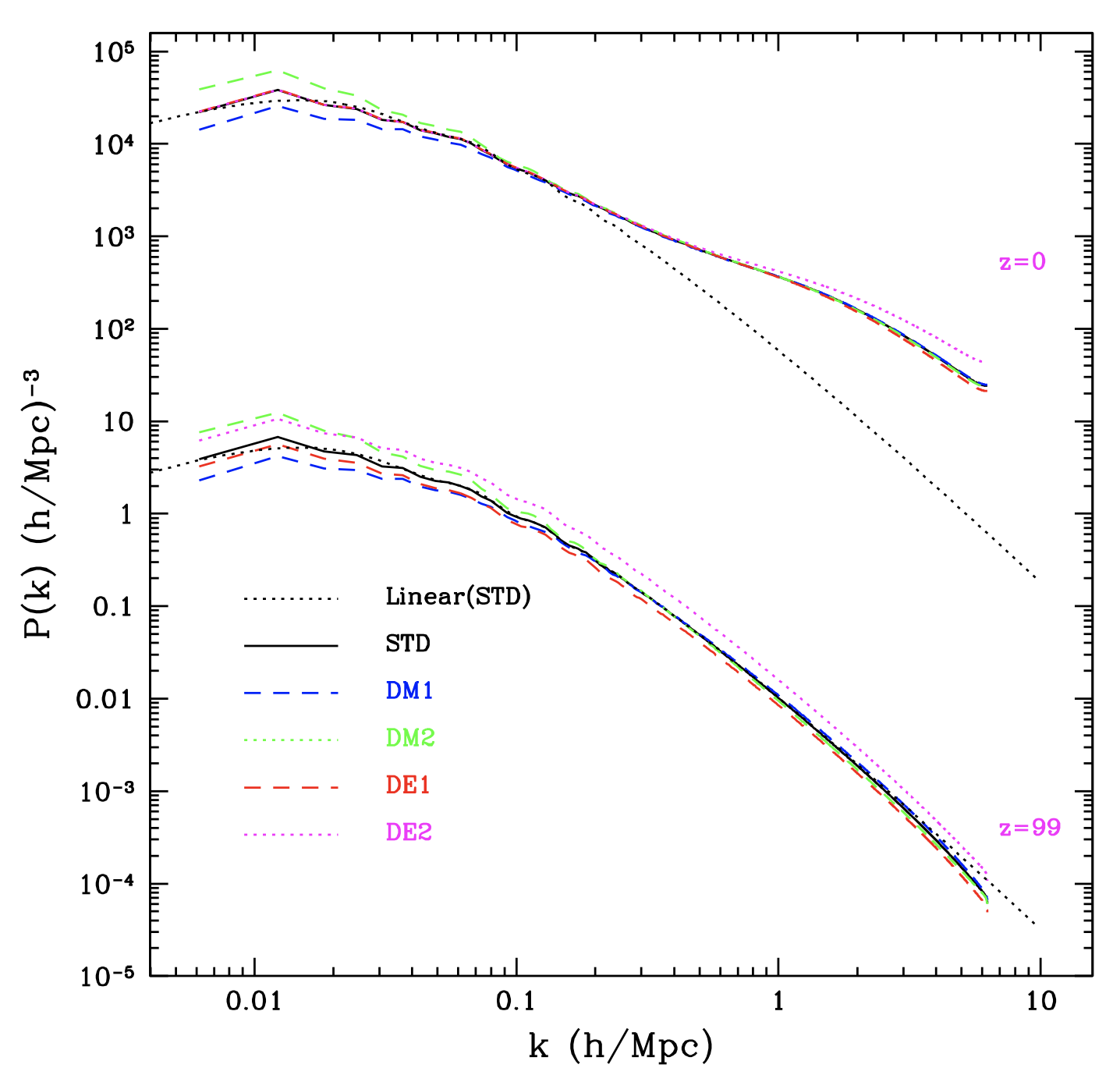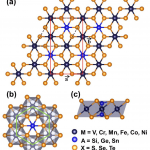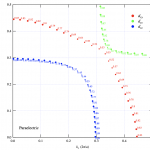Sungryong Hong, Donghui Jeong, Ho Seong Hwang, Juhan Kim, Sungwook E Hong, Changbom Park, Arjun Dey, Milos Milosavljevic, Karl Gebhardt, Kyoung-Soo Lee
Monthly Notices of the Royal Astronomical Society, Volume 493, Issue 4, April 2020, Pages 5972–5986 (Published: February 2020)
Abstract
By utilizing large-scale graph analytic tools implemented in the modern big data platform, APACHE SPARK, we investigate the topological structure of gravitational clustering in five different universes produced by cosmological N-body simulations with varying parameters: (1) a WMAP 5-yr compatible ΛCDM cosmology, (2) two different dark energy equation of state variants, and (3) two different cosmic matter density variants. For the big data calculations, we use a custom build of standalone Spark/Hadoop cluster at Korea Institute for Advanced Study and Dataproc Compute Engine in Google Cloud Platform with sample sizes ranging from 7 to 200 million. We find that among the many possible graph-topological measures, three simple ones: (1) the average of number of neighbours (the so-called average vertex degree) α, (2) closed-to-connected triple fraction (the so-called transitivity) τ_Δ, and (3) the cumulative number density ns ≥ 5 of subgraphs with connected component size s ≥ 5, can effectively discriminate among the five model universes. Since these graph-topological measures are directly related with the usual n-points correlation functions of the cosmic density field, graph-topological statistics powered by big data computational infrastructure opens a new, intuitive, and computationally efficient window into the dark Universe.



